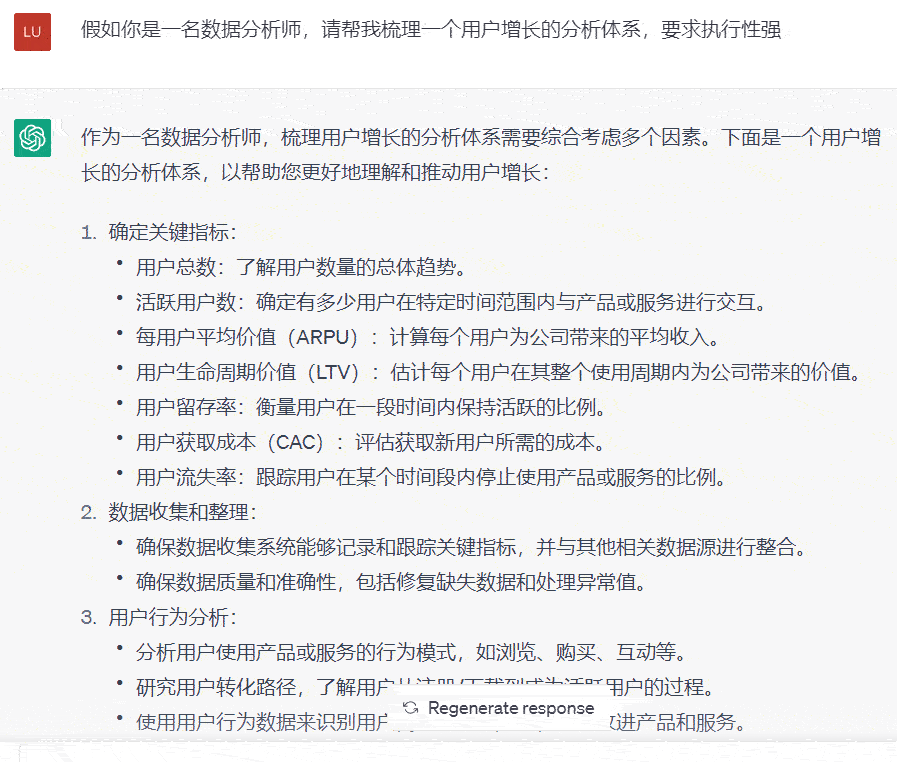Take you to understand what physical paging and logical paging are?
1. Physical paging
Physical paging relies on a certain physical entity. This physical entity is the database. For example, the MySQL database provides the limit keyword. Programmers only need to write SQL statements with the limit keyword, and the database returns paging results.
2. Logical paging
Logical paging relies on code written by programmers. The database returns not the paging results, but all the data, and then programmers obtain the paging data through code. A common operation is to query all the data from the database at once and store it in the List collection, because ListThe collection is sorted, and then the specified range of data is obtained according to the index.
Second comparison
1. Database burden
Physical paging accesses the database every time. Logical paging only accesses the database once, while physical paging places a heavy burden on the database.
2. Server burden
Logical paging reads data into the memory at one time, occupying a large content space, and physical paging each time Only a part of the data is read at a time, occupying small memory space.
3. Real-time performance
Logical paging reads data into memory at one time. If the data changes, it cannot be reflected in the operation in real time. Poor real-time performance. Physical paging accesses the database every time data is needed, and can obtain the latest status of the database, with strong real-time performance.
4. Applicable occasions
Logical paging is mainly used in situations where the amount of data is not large and the data is stable. Physical paging is mainly used when the amount of data is small. Larger and frequently updated occasions.
The above is the detailed content of Example tutorial of physical paging and logical paging. For more information, please follow other related articles on the PHP Chinese website!
 如何在CakePHP中创建自定义分页?Jun 04, 2023 am 08:32 AM
如何在CakePHP中创建自定义分页?Jun 04, 2023 am 08:32 AMCakePHP是一个强大的PHP框架,为开发人员提供了很多有用的工具和功能。其中之一是分页,它可以帮助我们将大量数据分成几页,从而简化浏览和操作。默认情况下,CakePHP提供了一些基本的分页方法,但有时你可能需要创建一些自定义的分页方法。这篇文章将向您展示如何在CakePHP中创建自定义分页。步骤1:创建自定义分页类首先,我们需要创建一个自定义分页类。这个
 使用JavaScript实现表格数据的分页显示Jun 16, 2023 am 10:00 AM
使用JavaScript实现表格数据的分页显示Jun 16, 2023 am 10:00 AM随着数据的不断增长,表格显示变得更加困难。大多数情况下,表格中的数据量过大,导致表格在加载时变得缓慢,而且用户需要不断地浏览页面才能找到自己想要的数据。本文将介绍如何使用JavaScript实现表格数据的分页显示,让用户更容易找到自己想要的数据。一、动态创建表格为了使分页功能更加可控,需要动态创建表格。在HTML页面中,添加一个类似于下面的table元素。
 VUE3开发入门教程:使用组件实现分页Jun 16, 2023 am 08:48 AM
VUE3开发入门教程:使用组件实现分页Jun 16, 2023 am 08:48 AMVUE3开发入门教程:使用组件实现分页分页是一个常见的需求,因为在实际开发中,我们往往需要将大量的数据分成若干页以展示给用户。在VUE3开发中,可以通过使用组件实现分页功能,本文将介绍如何使用组件实现简单的分页功能。1.创建组件首先,我们需要创建一个分页组件,使用“vuecreate”命令创建VUE项目,并在src/components目录下创建Pagin
 Vue 中如何实现分页组件?Jun 25, 2023 am 08:23 AM
Vue 中如何实现分页组件?Jun 25, 2023 am 08:23 AMVue是一款优秀的前端框架,在处理大量数据时,分页组件是必不可少的。分页组件可以使页面更加整洁,同时也可以提高用户体验。在Vue中,实现一个分页组件并不复杂,本文将介绍Vue如何实现分页组件。一、需求分析在实现分页组件前,我们需要对需求进行分析。一个基本的分页组件需要具有以下功能:展示当前页数、总页数以及每页展示条数点击分页按钮可以切换至不同页数展示当前页
 oracle中什么是分页Aug 07, 2023 pm 02:53 PM
oracle中什么是分页Aug 07, 2023 pm 02:53 PMoracle中的分页是一种用于检索数据库结果集的技术, 通过将结果集分割成较小的块来减少网络传输和内存消耗,使用“ROWNUM”关键字和子查询,程序员可以轻松地实现分页功能,并根据用户的需求选择特定的数据块显示。
 如何使用 Vue 实现表格的分页和排序?Jun 25, 2023 pm 02:27 PM
如何使用 Vue 实现表格的分页和排序?Jun 25, 2023 pm 02:27 PMVue.js是一个逐步发展起来的JavaScript框架,能够帮助开发人员构建高质量的单页应用程序。随着前端开发逐渐成为主流技术,在这个领域,表格是开发人员经常需要使用的组件之一。表格的数据量可能非常大,因此我们需要使用分页和排序来方便和快速地查看、管理和处理数据。本文将详细介绍如何使用Vue实现表格的分页和排序。一、为表格添加分页为了在表格中添加
 使用一个神器的指令,能迅速让你的GPT拥有智慧!May 09, 2023 am 08:13 AM
使用一个神器的指令,能迅速让你的GPT拥有智慧!May 09, 2023 am 08:13 AM今天给大家分享二个小技巧,第一个可以增加输出的逻辑,让框架逻辑变的更加清晰。先来看看正常情况下GPT的输出,以用户增长分析体系为例:下来我给加一个简单的指令,我们再对比看看效果:是不是效果更好一些?而且逻辑很清晰,当然上面的输出其实不止这些,只是为了举例而已。我们直接让GPT扮演一个资深的Python工程师,帮我写个学习计划吧!提问的时候只需后面加以下这句话即可!let'sthinkstepbystep接下来再看看第二个实用的指令,可以让你的文章更上一个台阶,比如我们让GPT写一个述职报告,这里
 如何使用PHP和CGI实现网站的分页和排序功能Jul 21, 2023 pm 01:39 PM
如何使用PHP和CGI实现网站的分页和排序功能Jul 21, 2023 pm 01:39 PM如何使用PHP和CGI实现网站的分页和排序功能前言网站的分页和排序是非常常见且重要的功能,特别是对于大量数据的展示和处理。在本文中,我们将使用PHP和CGI(通用网关接口)技术来实现网站的分页和排序功能,并带有相应的代码示例。一、分页功能的实现分页功能主要通过查询数据库来获取特定范围的数据,并将数据按照指定的页码和每页显示数量进行展示。以下是实现分页功能的步


Hot AI Tools

Undresser.AI Undress
AI-powered app for creating realistic nude photos

AI Clothes Remover
Online AI tool for removing clothes from photos.

Undress AI Tool
Undress images for free

Clothoff.io
AI clothes remover

AI Hentai Generator
Generate AI Hentai for free.

Hot Article

Hot Tools

SAP NetWeaver Server Adapter for Eclipse
Integrate Eclipse with SAP NetWeaver application server.

EditPlus Chinese cracked version
Small size, syntax highlighting, does not support code prompt function

Dreamweaver Mac version
Visual web development tools

Notepad++7.3.1
Easy-to-use and free code editor

VSCode Windows 64-bit Download
A free and powerful IDE editor launched by Microsoft







